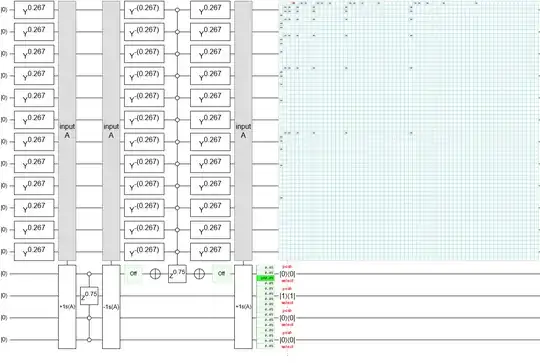The generalized W state:
$$W_n=\frac{1}{\sqrt{n}}(|100\cdots 0\rangle + |010\cdots 0\rangle + \ldots + |00\cdots 01\rangle)$$
is often thought of as the uniform superposition over all "one-hot" basis vectors, as each such vector has a single qubit in the $|1\rangle$ state with all others in the $|0\rangle$ state.
Reviewing this question it appears that the generalized W state on $n$ qubits can be prepare from the all-zeroes ket with roughly a linear number of non-Clifford gates. This is in some contrast to the generalized GHZ state/cat state, which can similarly be prepared but only with a single Hadamard and a linear number of CNOT/SWAP gates.
In considering this question I proposed that a generalized superposition over all "two-hot" basis states, e.g.:
$$\frac{1}{\sqrt{n(n-1)/2}}(|1100\cdots 0\rangle + |1010\cdots 0\rangle + \ldots + |0\cdots 0011\rangle)$$
may require a quadratic number of non-Clifford gates to prepare, starting from the all-zeroes ket. My intuition is that there are $n\choose 2$ such states, and accordingly there may be a quadratic number of gates required.
Is this guess correct? In general, does it take a minimum of roughly $n\choose k$ gates to prepare a uniform superposition of all "$k$-hot" vectors on $n$ qubits, starting from some canonical state such as the all-zeroes ket?
This question is borne out of idle curiosity more than anything, to be honest, but it is perhaps interesting to ponder simple states that are a bit hard - but not too hard - to prepare, especially now in the NISQ era where generalized GHZ states are often prepared as test cases, as they are the most sensitive to decoherence, but such cat states can nonetheless be produced with "easier" Clifford gates.
EDIT
Hmmm... it appears that what I call the "$k$-hot" state is also known as a Dicke state. In "Deterministic Preparation of Dicke States" by Andreas Bärtschi and Stephan Eidenbenz can prepare just such a state with only $O(nk)$ gates. This Quirk circuit from their paper gives the $3$-hot Dicke state on five qubits.
